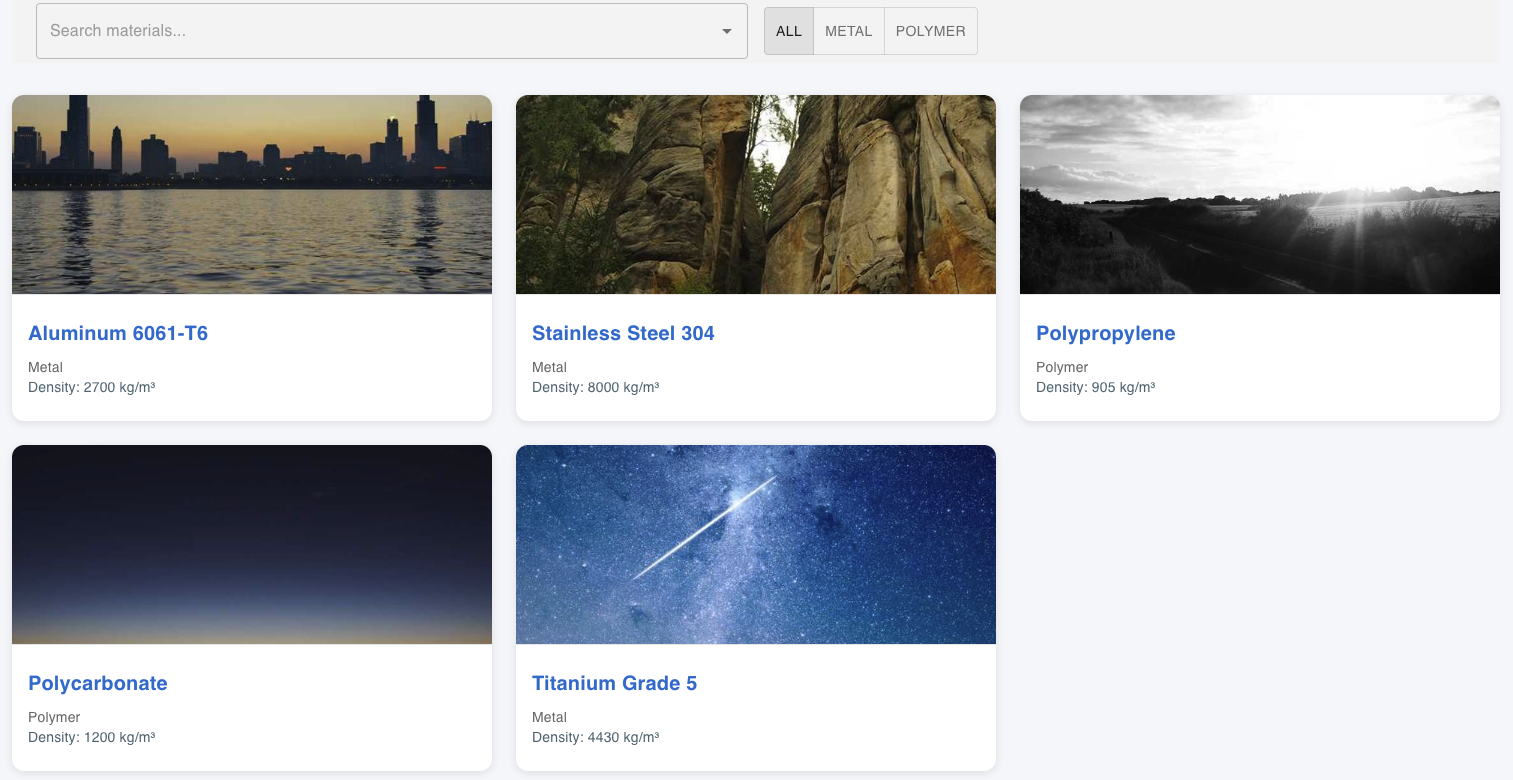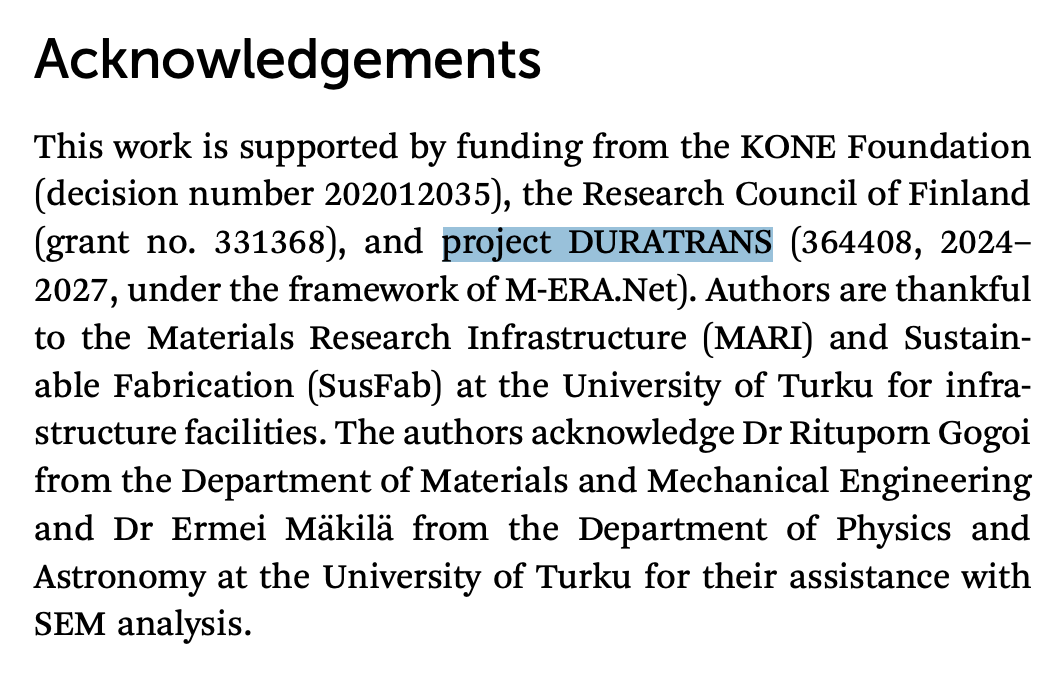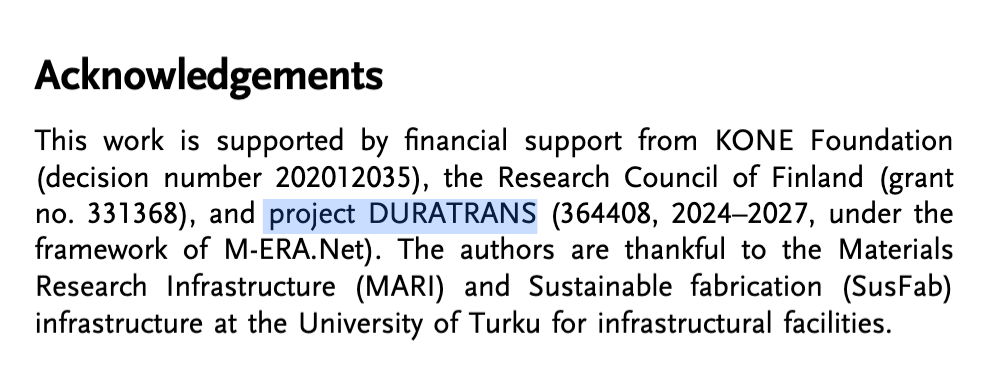DURATRANS Project Newsletter – 1st year highlights
In its first year, the DURATRANS project has made strong progress across scientific, technical, and organizational fronts. Between May and December 2024, the consortium established effective project management structures and launched core research activities. These included the initial screening of sustainable materials, development of a materials library, formulation of a theoretical framework for nanowire properties, and early-stage screening of suitable substrates. Also, a comprehensive data management plan was prepared to ensure smooth handling, traceability, and sharing of research outputs among the partners.
A key contribution in the area of sustainability and chemical safety was led by our company DigInnoCent (DIC) , who developed a detailed database cataloguing 125 products and chemical substances used in the project. The database consolidates information on each substance’s physical, chemical, mechanical, and toxicological properties, based on Safety Data Sheets (SDS) and literature reviews.
In parallel, DIC initiated the design of an interactive web-based Materials Library interface. While still a prototype, the platform represents an important step toward digitalising project results. The next development phase, launched in January 2025, will integrate the full dataset and deliver a fully functional online database to support materials selection and sustainability assessments.
Significant progress has also been made by the University of Turku (UTU), who successfully identified and synthesised key polymers in alignment with the work package schedule. A researcher has been recruited to support this work, and efforts in functionalising and characterising materials are advancing steadily. These activities lay the foundation for the project’s development of high-performance transparent conductive surfaces.
Notably, UTU’s initial results have already led to two peer-reviewed publications, showcasing innovations in sustainable elastomeric films and biodegradable, stretchable electronic skins—highlighting the project’s scientific impact even in its early stages.
- T. Laukkanen, P.G. Reddy, A. Barua, M. Kumar, K. Kolpakov, T. Tirri, and V. Sharma, Sustainable castor oil-derived cross-linked poly(ester-urethane) elastomeric films for stretchable transparent conductive electrodes and heaters, Journal of Materials Chemistry A, 2024, 12, 33177–33192 Link to the paper.
- P.G. Reddy, V. Sharma, V.S. Parihar, M. Kellomäki, and V. Sariola, Biodegradable, Self-Adhesive, Stretchable, Transparent, and Versatile Electronic Skins Based on Intrinsically Hydrophilic Poly(Caproactone-Urethane) Elastomer, Advanced Engineering Materials, 2024, 2401704 Link to the paper.
Looking forward, the project’s digital and sustainability components will enter a new phase. The interface design of the Materials Library will evolve into a fully functioning web application through our DIC CloudMATE Platform . This will include all material data gathered so far and serve as a key tool for stakeholder engagement. At the same time, the Life Cycle Assessment (LCA) process are evolving to ensure that the project’s sustainability goals are met. LCA started with Phase 1: a broad screening to estimate emissions and environmental impacts. Phase 2 will follow with a more detailed evaluation focusing on the most significant impacts. The LCA will address key methodological elements including functional units, system boundaries, data quality, assumptions, and interpretation strategies, ensuring a robust sustainability evaluation of all project outputs.




